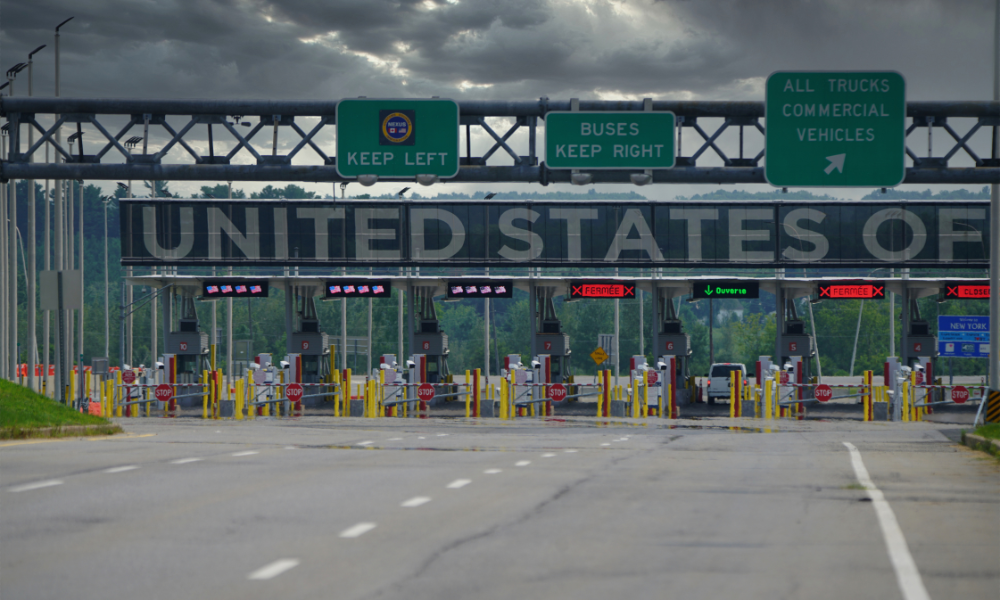People can get much-needed peace of mind from a healthy RRSP balance — unless it gets too large

For many tourists visiting Asian all-you-can-eat buffets, one policy may come as an unpleasant surprise: “leftovers will be charged accordingly.” Unlike the majority of North American buffets, many Asian establishments charge patrons extra for any food left uneaten on their plates.
Canadian retirement savers, particularly those building their nest eggs through RRSPs, face a similar dilemma. “[W]hile many worry about running out of money, taking out too little can also be a costly mistake, especially if you have considerable funds stashed in a registered retirement savings plan (RRSP) or registered retirement income fund (RRIF),” reported Global News.
Clay Gillespie, managing director at RGF Integrated Wealth Management in Vancouver, explained to the news outlet that some people with healthy RRSPs minimize their withdrawals in order to maximize their opportunity for tax-free capital growth. Some even refuse to touch their RRSP’s until they’ve been converted to RRIFs, and withdraw as little as they can even after that.
While that strategy may be ideal during the accumulation phase, it can backfire upon the account holder’s death: at that point, the value of the RRSP or RRIF is generally included on their final tax return, exposing their estate to a massive tax hit. According to a recent note from Ontario-based O’Sullivan Estate Lawyers: “The terminal year will generally have many actual and deemed income inclusions, and it may be likely that the top marginal income tax rate will apply such that more than half of RRSP or RRIF funds, as applicable, could be lost to income tax.”
One possible alternative, according to the note, is to designate a married or common-law partner as an eligible beneficiary to receive the deceased person’s RRSP or RRIF funds; a financially dependent minor child or grandchild, or a financially-dependent infirm adult child or grandchild, may also be designated.
In either case, there would be no income-tax cost to the deceased person’s estate. But “[i]ncome earned inside the RRSP/RRIF following the death of the original annuitant, where an eligible beneficiary is designated, will be taxed in the hands of the beneficiary,” the note said.
Transferring an RRSP or RRIF to one’s spouse or common-law partner, Gillespie added, will only defer the one-time tax bill. Minimizing that final tax reckoning will take a well-constructed drawdown strategy, determining how much should be withdrawn to cover expenses while minimizing tax. It should take into account the life expectancies of both partners, their age, when their retirement starts or will start, other sources of retirement income, government benefits, and a host of other factors.
Another approach, according to Gillespie, is to withdraw more than the minimum from one’s RRSP, putting the excess in a TFSA or a non-registered account. With that approach, any designated beneficiaries to the TFSA would only be taxed on investment income earned after the time of the original account owner’s death. Even in a non-registered account, choosing investments with preferential tax treatment would further reduce the final tax bill, he added.



